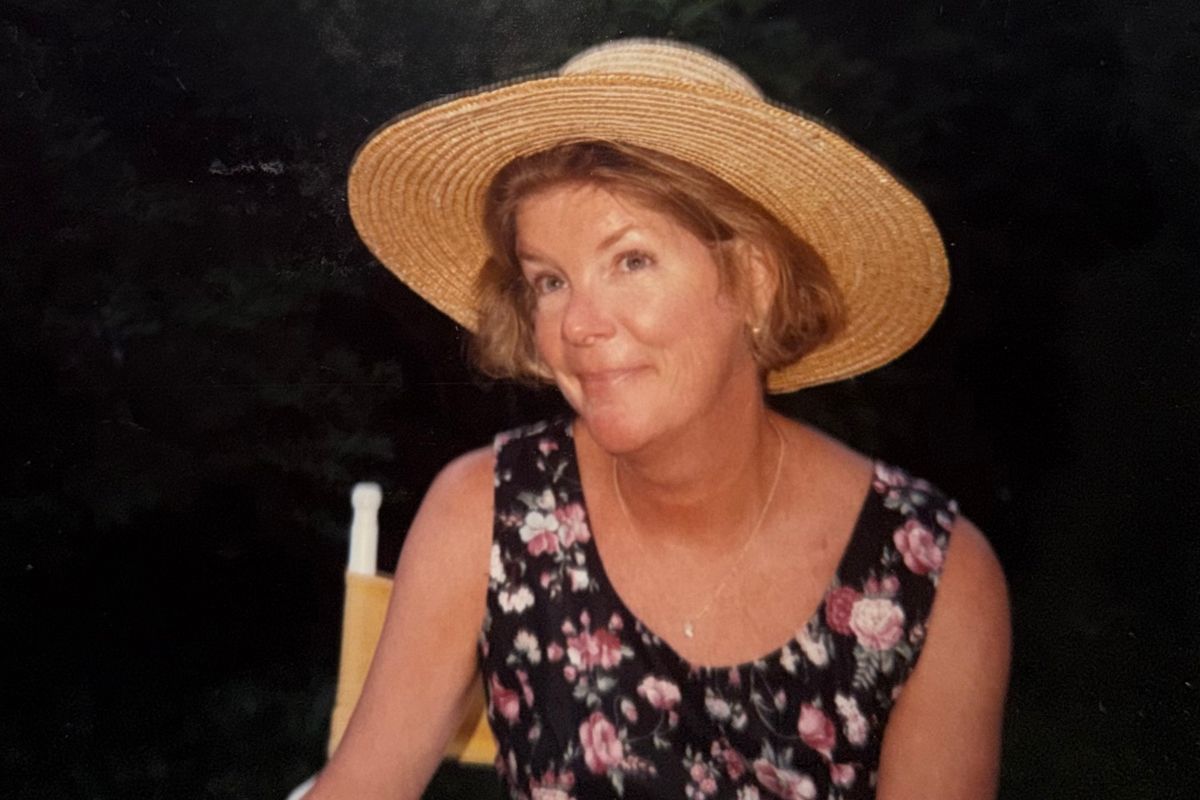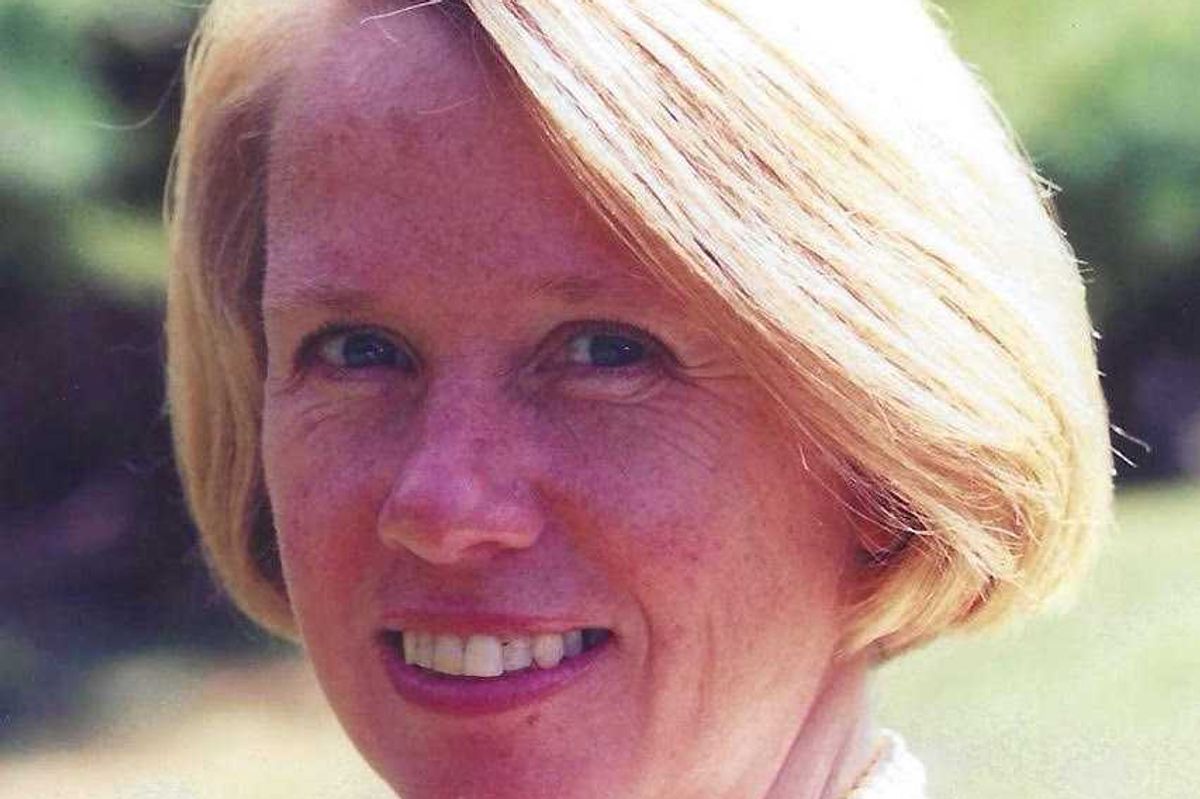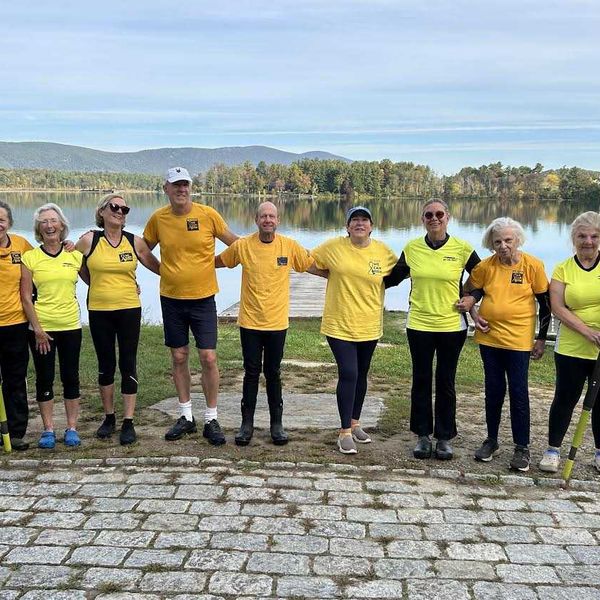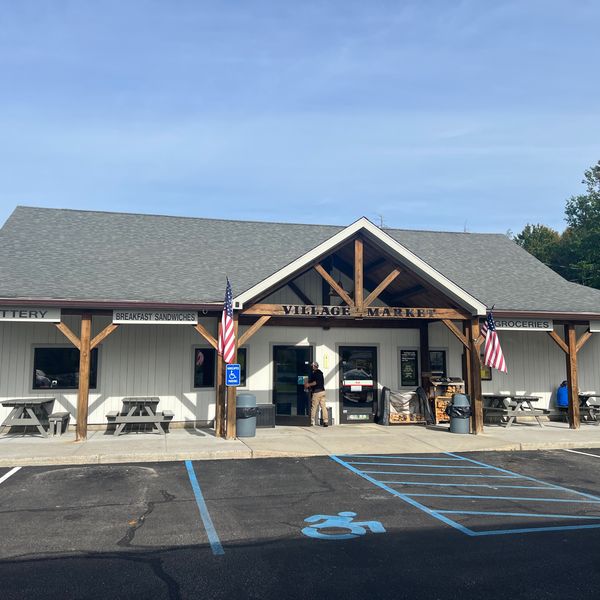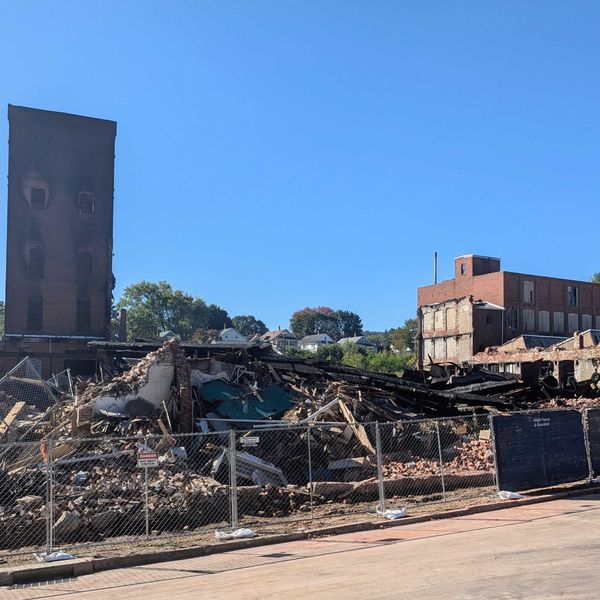The Appalachian Trail & how it created Billy’s View
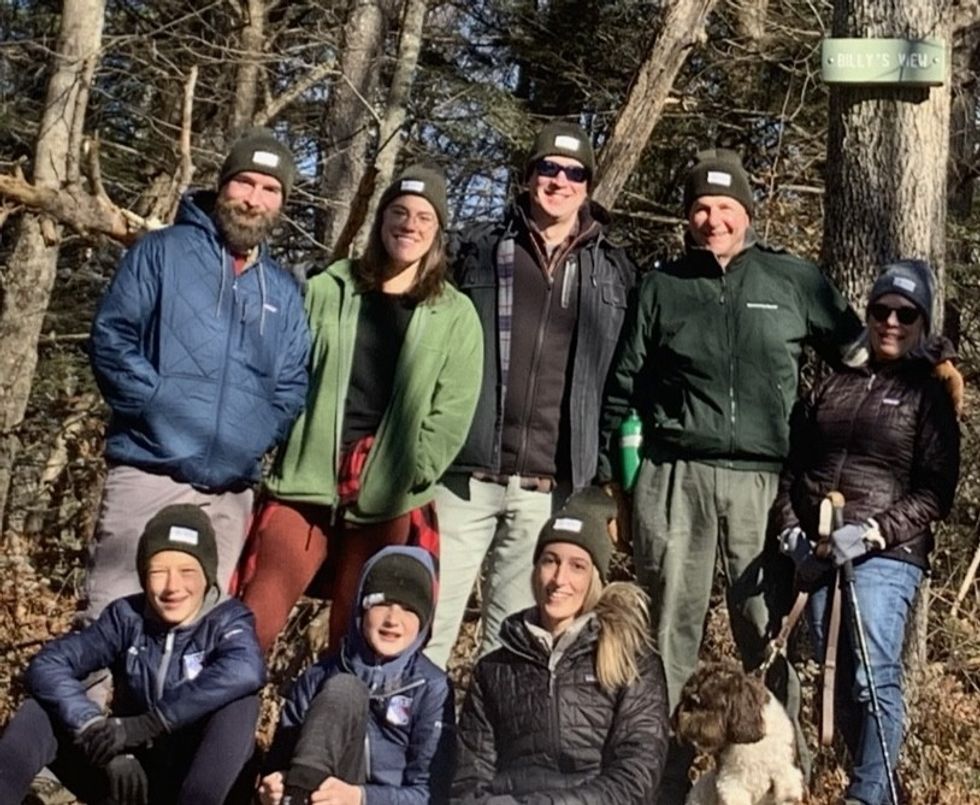
The Forsyth family hiked up to visit “Billy’s View” last month, which was named for Bill Forsyth, far right back row. To his right are his son Henry (the oldest of the three Forsyth sons), his daughter-in-law Jody and Jody’s husband, Gilbert. In the front row are Henry’s wife, Kristine, and their sons, Ryan and Casey. To Bill’s left is his wife, Lesleigh (stepmother to Henry and mother of Gilbert). Photo submitted
